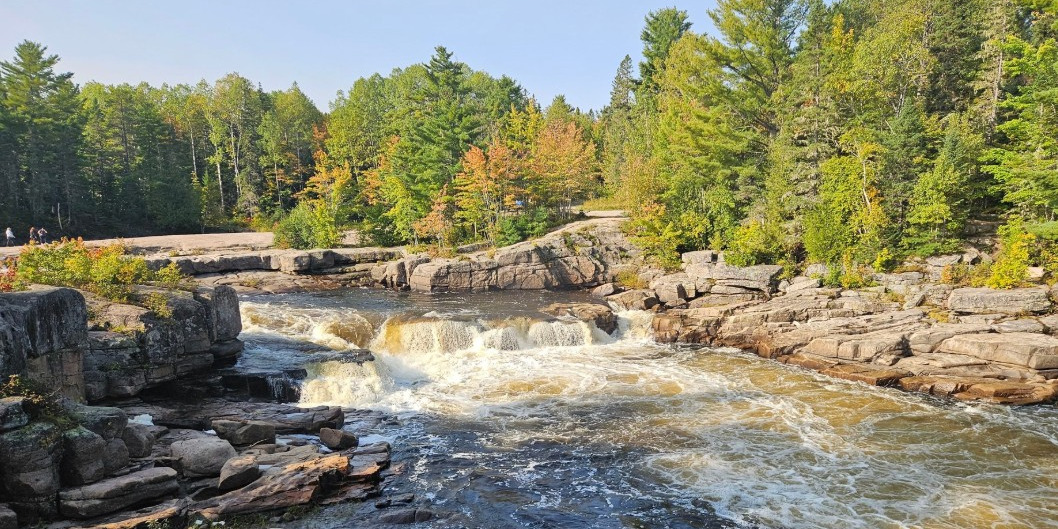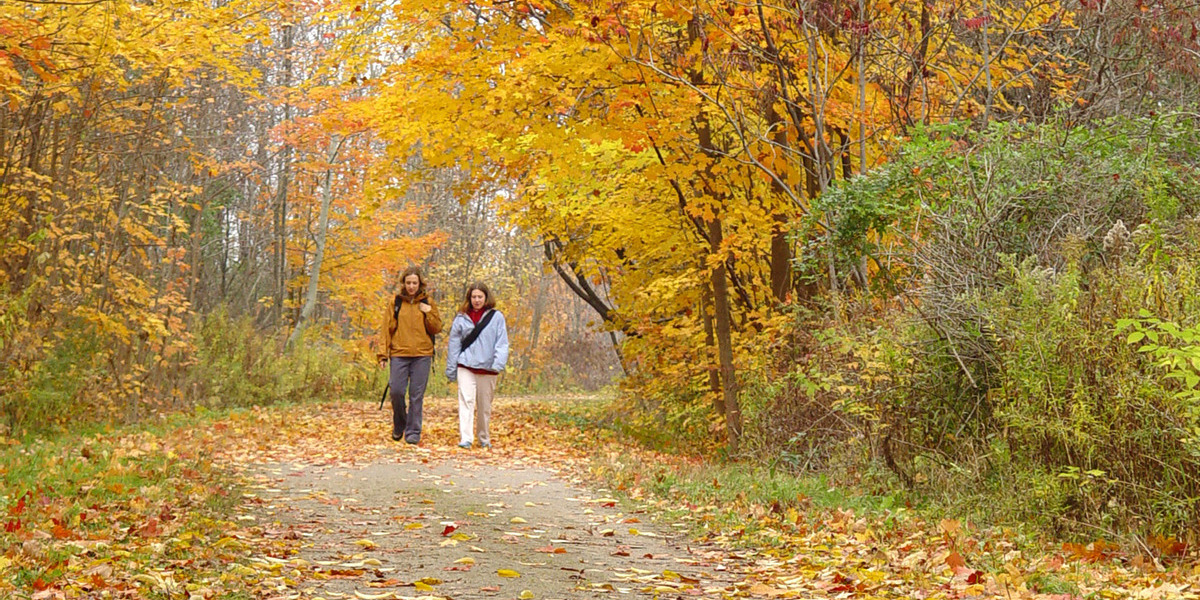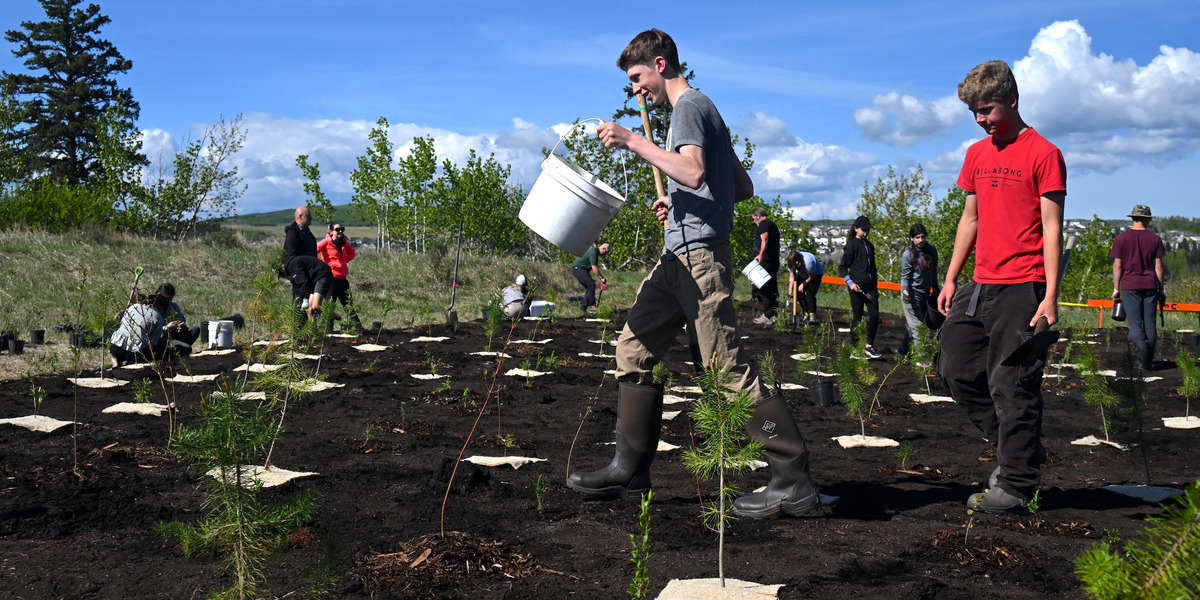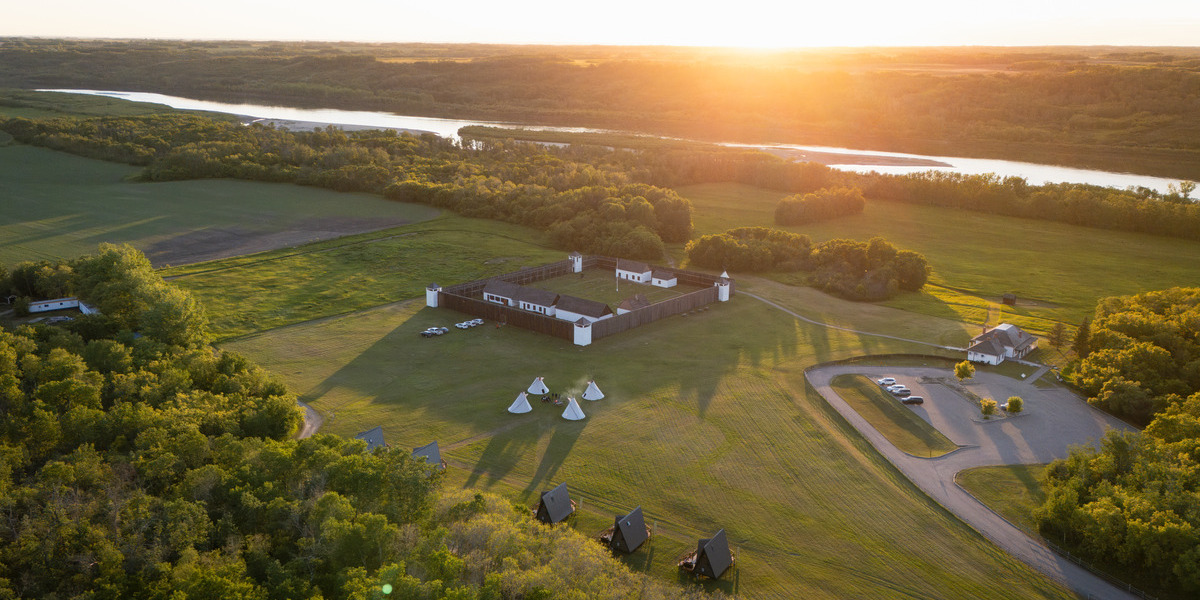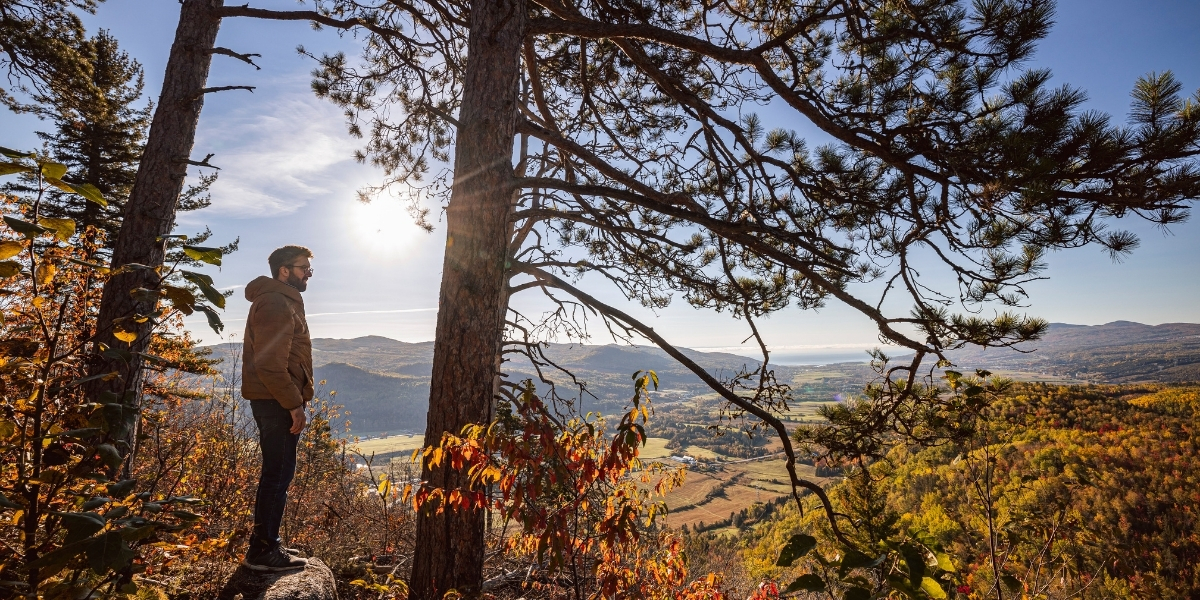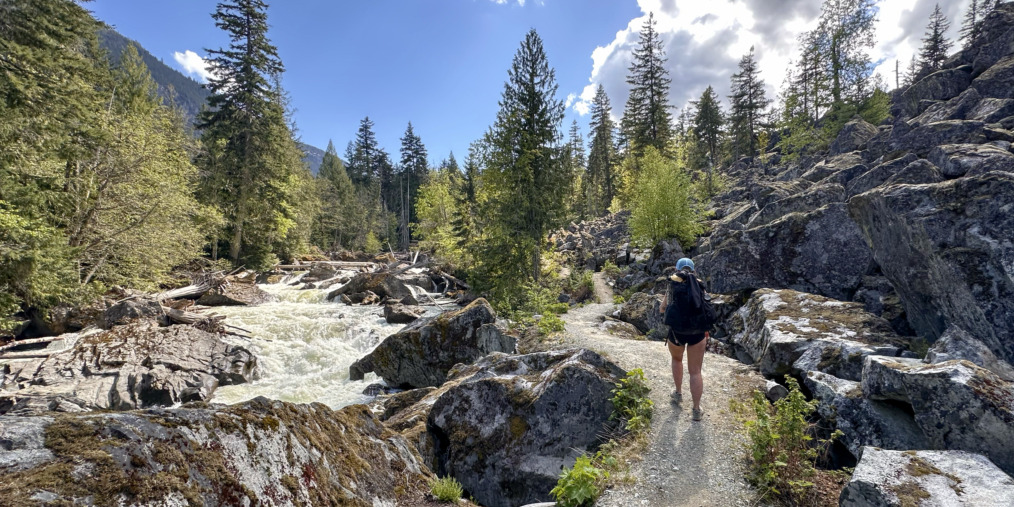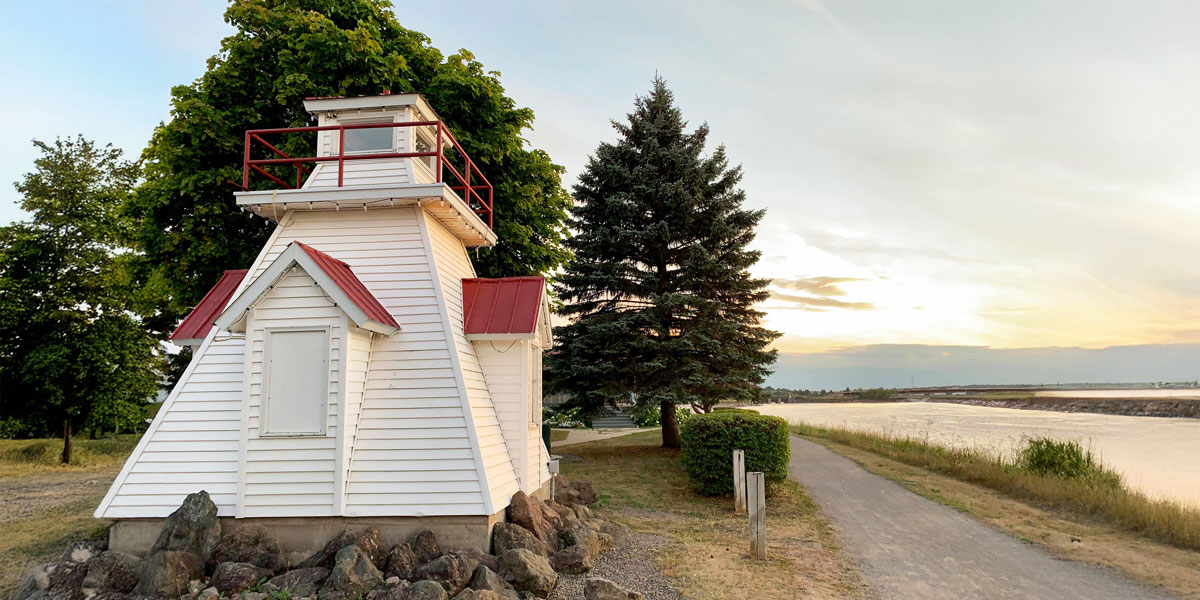What Is the Trail Sector?
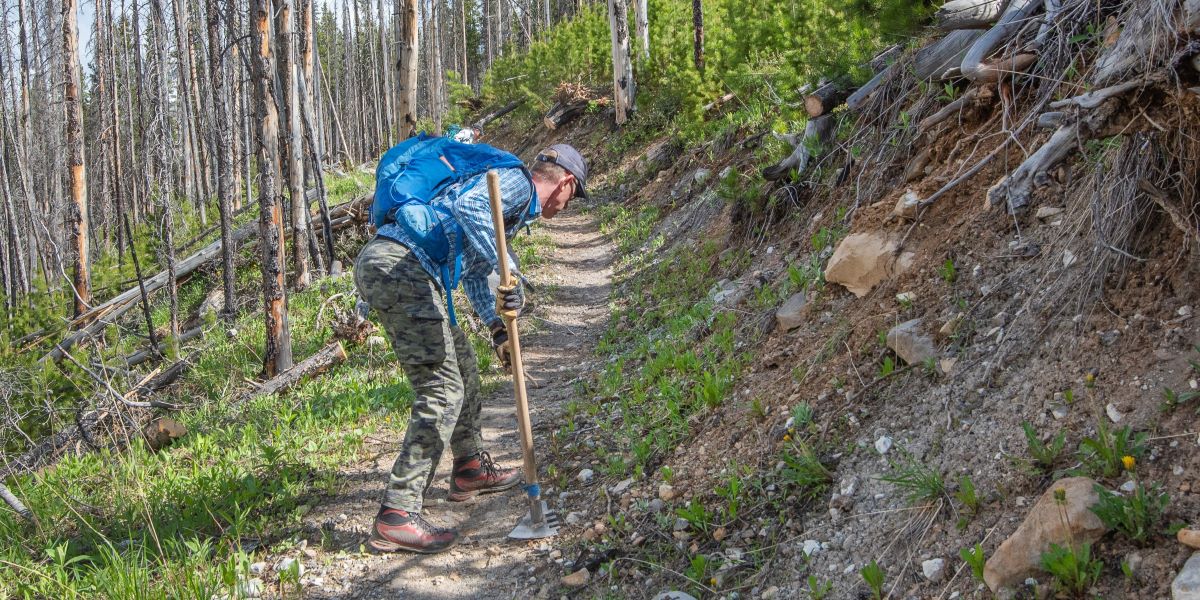
How a united community can help us build stronger, more resilient trails for the future
Trail builders. Trail stewards. Trail managers. Trail users.
There’s a strong chance you’ve used, or at least heard, these terms before. But trail sector? A far less common term to be sure.
So, what does it mean?
As most of us know from experience, trail development is anything but a one-person job and it doesn’t happen overnight. Projects, both big and small, require funding, materials, coordination, approvals, permits, insurance and a host of other elements that might not be obvious from the outside.
Building, maintaining and enhancing trails is a true community effort that requires a wide variety of skill sets, knowledge and connection. That’s where the idea of a “trail sector” comes in.
The trail sector brings together a range of people and organizations, all contributing in different ways to the future of trails.
Local trail managers balance budgets and respond to public demand. Suppliers provide materials, signage and technology. Researchers study the economic, cultural and ecological impacts of trails. Governments shape the policies and funding that make trail networks possible. Community volunteers contribute time and expertise, while advocates keep trails on the public agenda.
When all these partners come together and work towards a common goal, they can achieve incredible things for their communities and beyond.
The establishment of the Trans Canada Trail is a perfect example of this type of collaboration. What started as a bold idea to unite Canadians grew into the world’s longest recreational trail. This would not have been possible without a vast nationwide community of volunteers, donors, government partners, trail professionals and community leaders.
That’s why it’s crucial that we come together as a unified trail sector. Together we can collaborate, pool resources and present a strong united front for government advocacy.
This does not mean we all have to agree on every matter. Different trails require different resources and immediate, local issues will always be crucial.
But ultimately, we are all working towards a common goal: a sustainable future for the trails we love. By building a strong trail sector, we are enabling ourselves to adapt to a constantly changing world and make significant strides in addressing climate change, advancing reconciliation, and supporting healthier, more connected communities.
A critical part of promoting a robust trail sector is bringing it together. The Canadian Trail Summit, taking place June 16–19, 2026, in Winnipeg, will do just that. The Summit will convene managers, suppliers, researchers, advocates, governments and enthusiasts to share best practices, test new ideas, and build partnerships.
Together, we can chart a path towards a more resilient trail sector for today and future generations.
Registration and a call for presenters for the 2026 Canadian Trail Summit are currently open.


